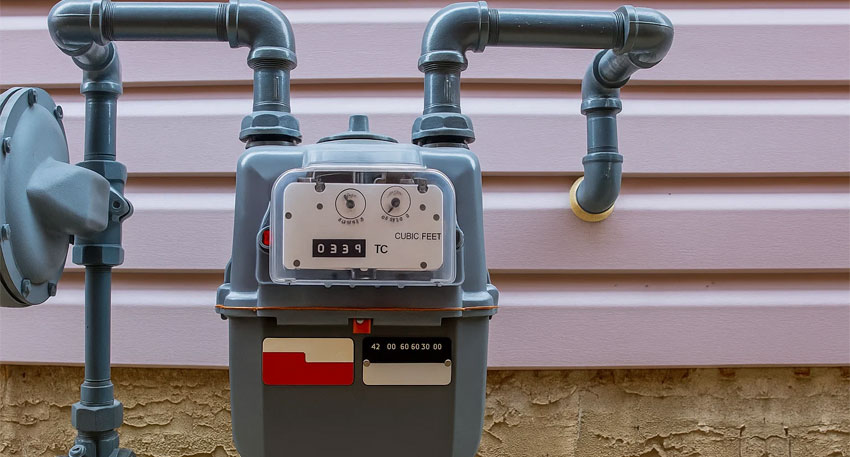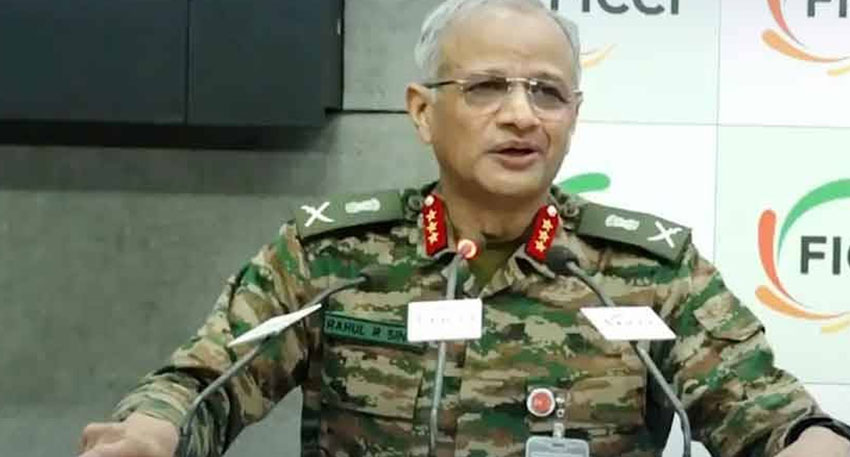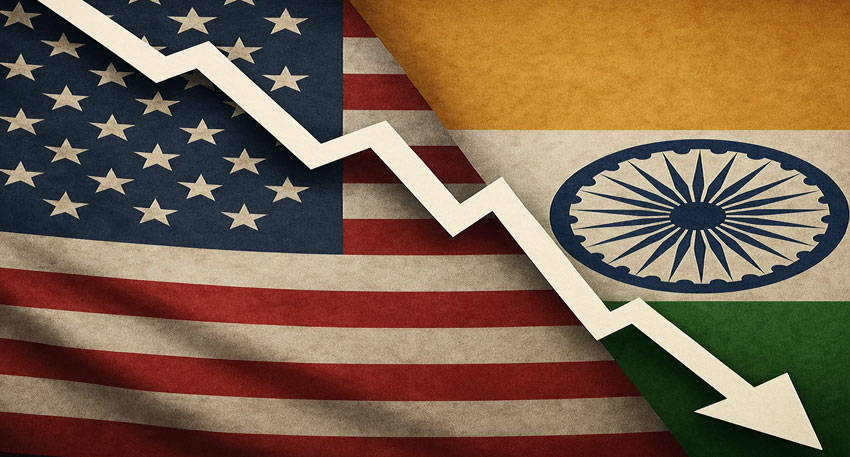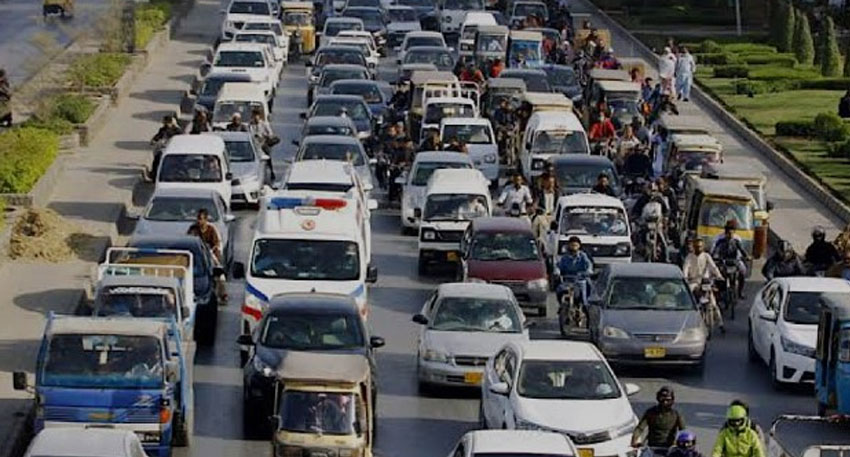
To help absorb excess LNG, revisiting the 2022 ban has been proposed by the Ministry of Finance, as it is placing significant pressure on foreign exchange reserves due to inflated import costs.
Over 3.5 million gas connection applications are currently awaiting approval from Sui Northern Gas Pipelines Ltd (SNGPL) and Sui Southern Gas Company Ltd (SSGCL).
The ban was initially introduced in 2009, briefly eased in 2015, and reinstated in 2022 due to worsening supply constraints.
Also Read: Dollar’s quiet rise against Pakistani rupee sparks curiosity
A total of 120,000 new gas connections are planned in FY26: 35,000 by SNGPL (Punjab and KP) and 86,000 by SSGCL (Sindh and Balochistan). This also includes approximately 1,000 for industrial and commercial users.
To meet IMF conditions, the government has increased fixed gas charges by 50 percent. Additionally, gas rates for power, industrial, and bulk users have been increased by up to 17 percent. Moreover, Rs85 billion has been imposed for FY26, adding more financial burden.
The total revenue requirement determined by OGRA for FY2026 is at Rs888.6 billion. This includes Rs31 billion in surplus revenue for SSGCL, Rs41 billion for SNGPL to cover shortfalls, and Rs13 billion generated through additional GST collections.
The captive gas levy has significantly decreased demand—SSGCL’s sales to captive power plants dropped from 180 mmcfd to 75 mmcfd, while SNGPL’s sales declined from 175 mmcfd to just 35 mmcfd and the levy does not apply to third-party gas suppliers.




